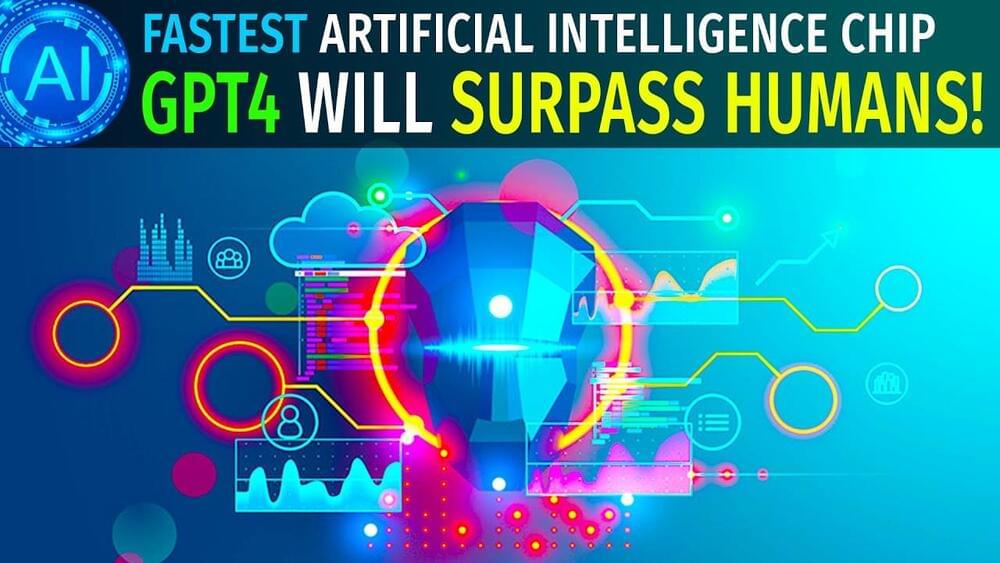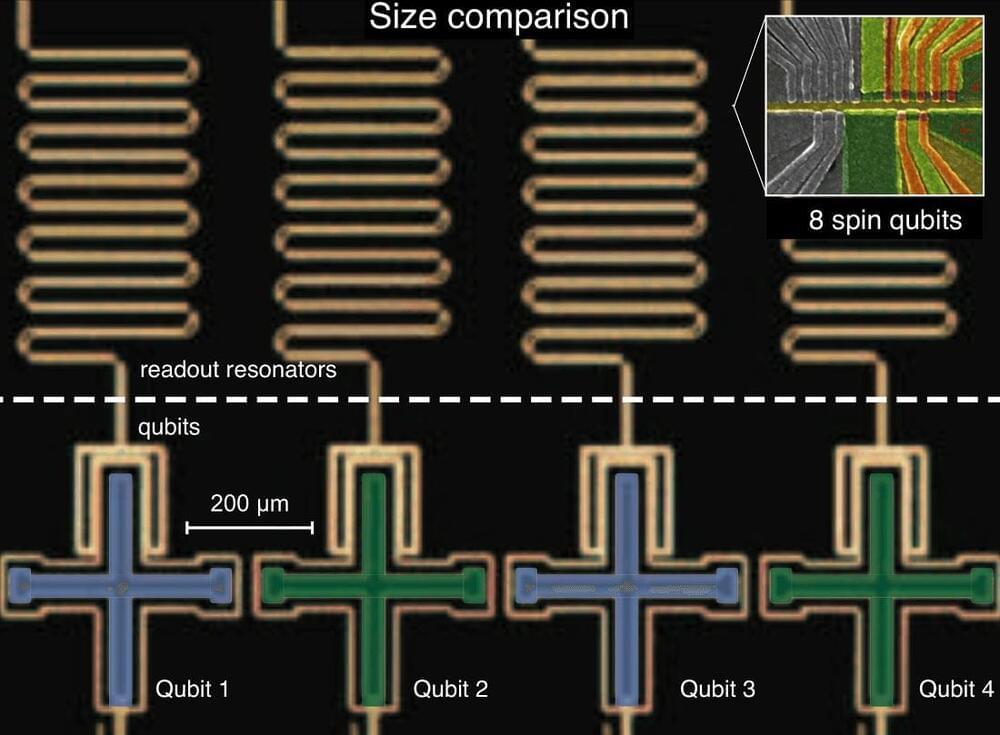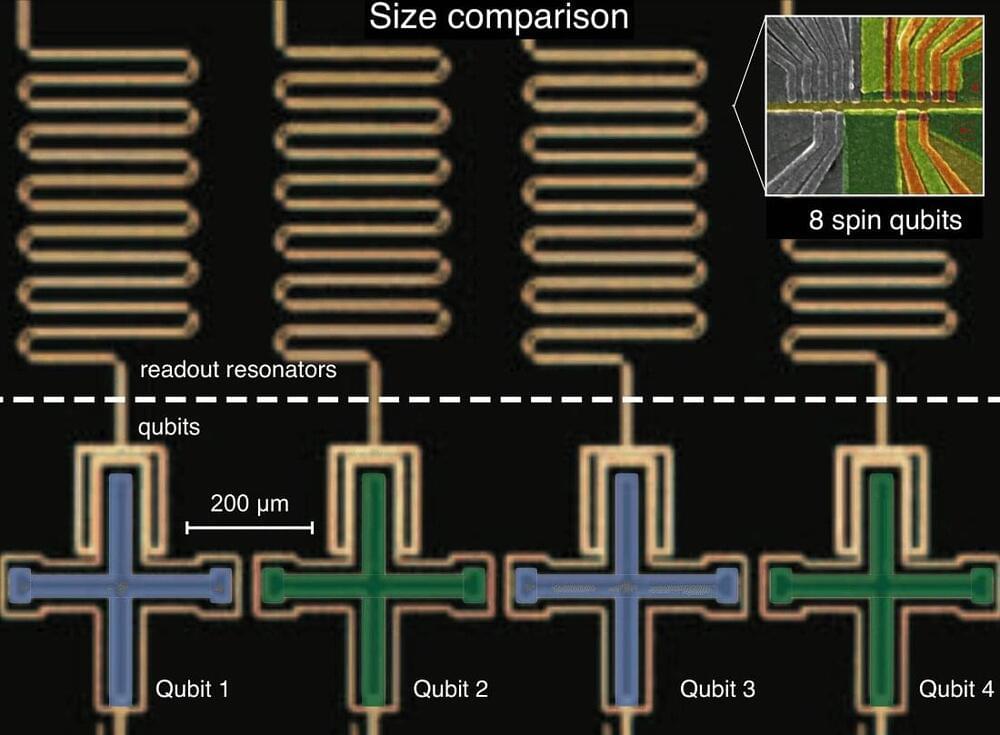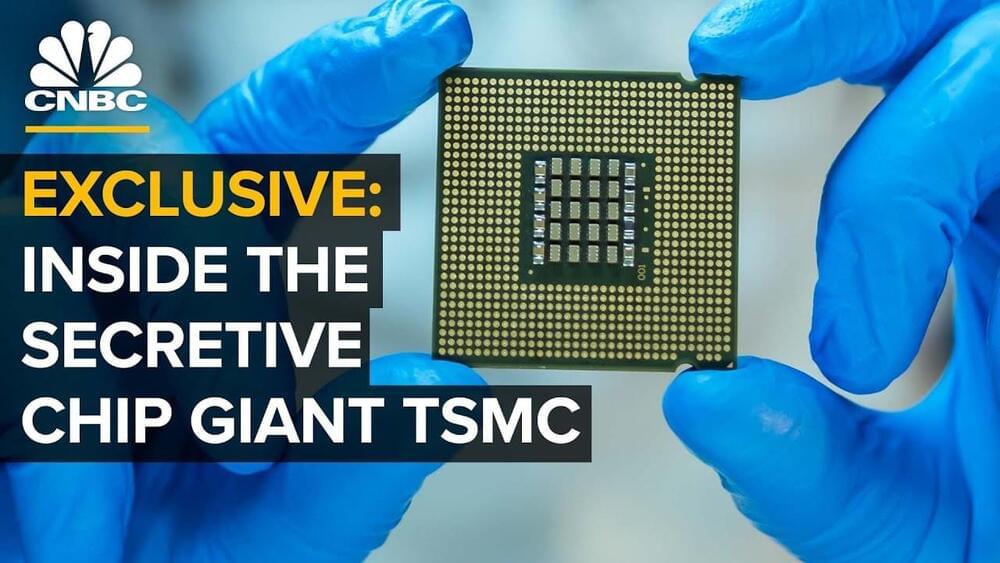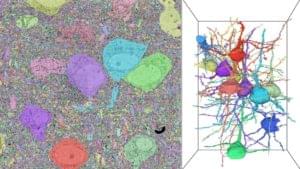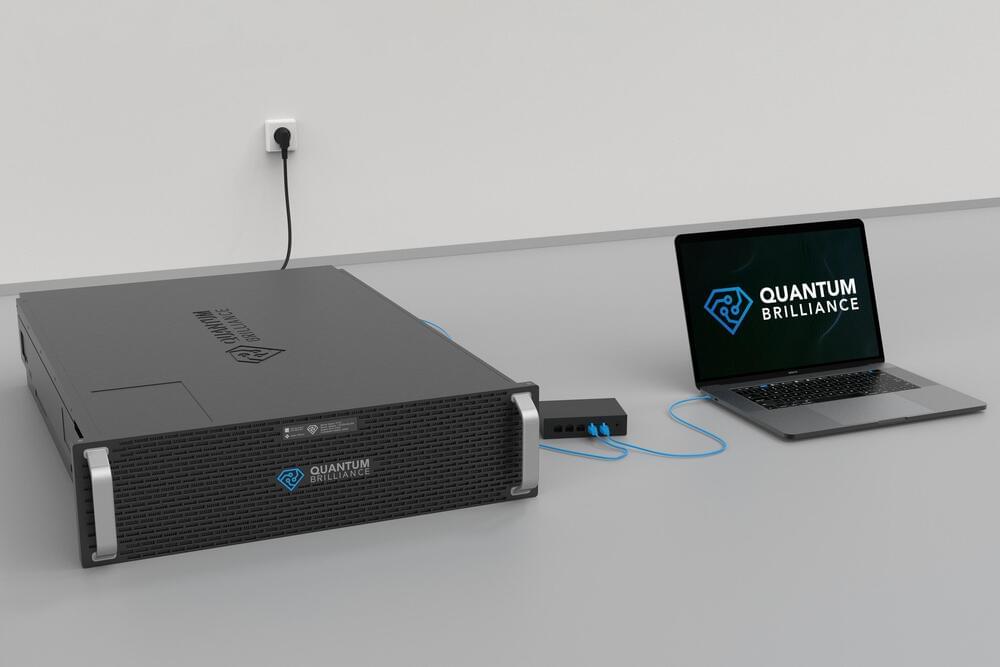Nov 3, 2021
China Has Already Reached Exascale — On Two Separate Systems
Posted by Dan Kummer in categories: military, quantum physics, robotics/AI, supercomputing
I wonder what the Sputnik moment would need to be in the AI race to trigger panic AI research spending in the US. It would probably have to be China hitting AGI first.
Native CPU and accelerator architectures that have been in play on China’s previous large systems have been stepped up to make China first to exascale on two fronts.
The National Supercomputing Center in Wuxi is set to unveil some striking news based on quantum simulation results on a forthcoming homegrown Sunway supercomputer.
Continue reading “China Has Already Reached Exascale — On Two Separate Systems” »


